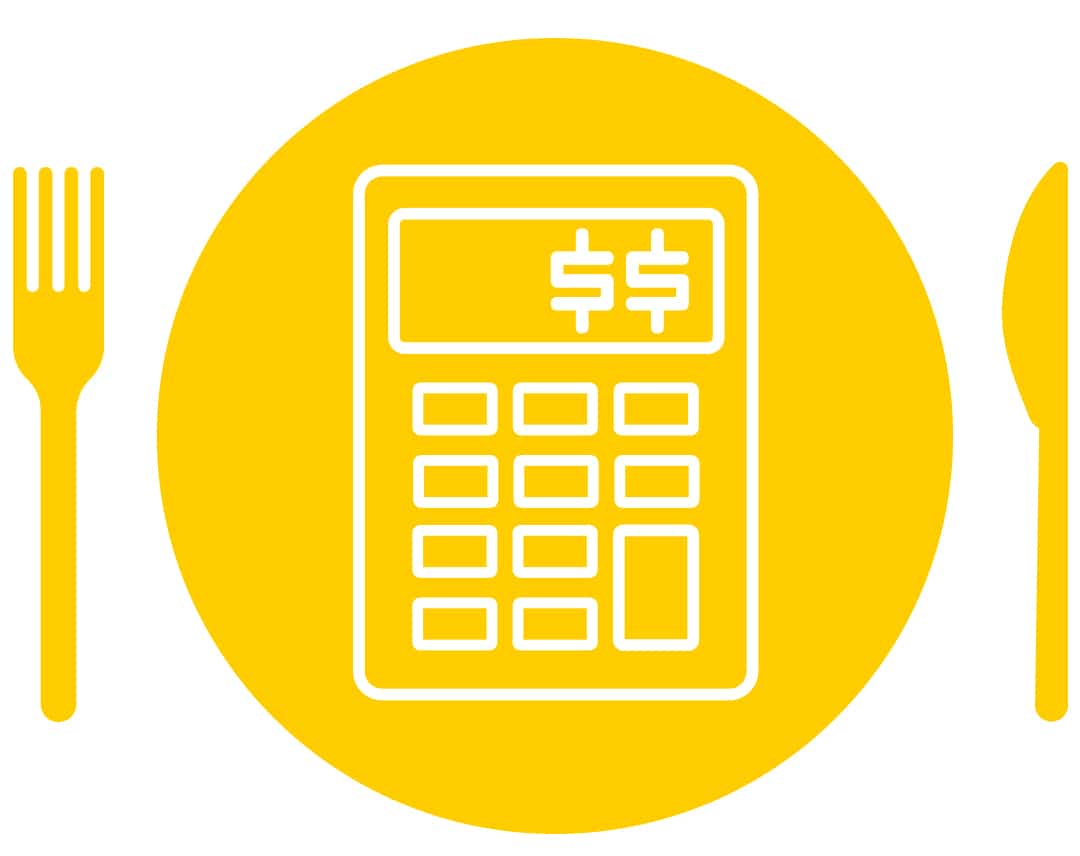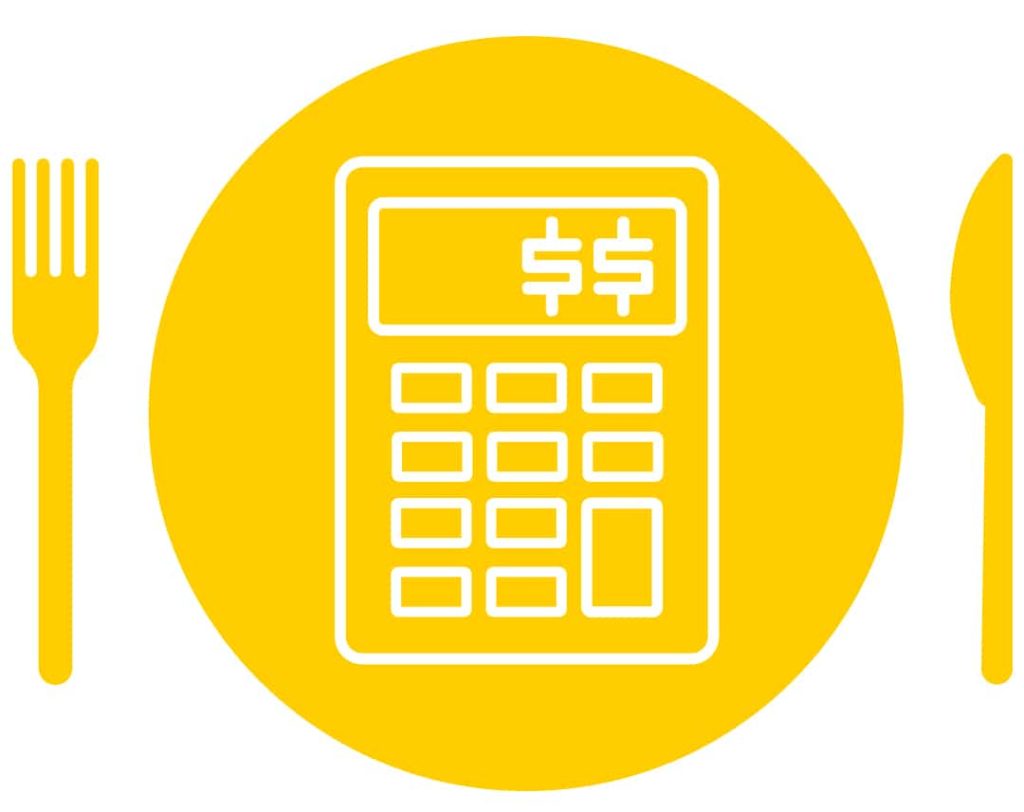Food Cost Management
Not much can spell disaster for a food establishment faster than high or fluctuating food cost. Food cost goals change depending what style of food service you provide; fast food, fast casual, casual dining, or fine dining. With a food cost range of 28 to 35 percent, it is important to first determine what segment your restaurant caters to, then, dig into the grunt work.
The best place to start is by creating recipes with costings for each item on your menu. This allows you to find the food cost per diner. It is important to be very specific and detailed when costing the items. Use correct measures, units, weights and volumes. The result from these calculations will be used along with your menu mix to determine the food cost goal for your restaurant.
If you’re happy with your menu, you can still reduce food cost by finding the vendors that will offer you the best quality product you need, at the lowest price per unit. Of course, you must weigh other things such as amount of deliveries per week, item availability, and terms of payment options. If you are able to find comparable vendors, a great way to improve costs to you is by bidding out items.
Another area that needs immediate attention is in your kitchen. Starting with your chefs and ending with your servers. Improper preparation, portion control, and seasonal changes can lead to big fluctuations in food cost. When preparing food it is important that the kitchen staff follows the recipe; over trimming, over prepping, and under cooking amongst many other things can quickly set the food cost off track. Portion control is a responsibility of both FOH and BOH. FOH employees need to charge the correct price for changes in menu items, they also need to verify orders are correct. Bringing out an incorrect order to a table will automatically half your food cost of the sale, if not worse. Seasonal menus can help keep the food cost stable year round, by switching to fruits and vegetables that are in season you can avoid huge dips.
The final area to examine is overlooked by many restaurateurs. That is waste; known and unknown. This can be the result of over-production, over-purchasing, improper rotation, and theft. Because they are not always immediately visible these tend to be seldom addressed. A good start is to track returned food, waste from spoilage, comped or replaced food and inventory turns. This will give you a better idea of where the food is going.






